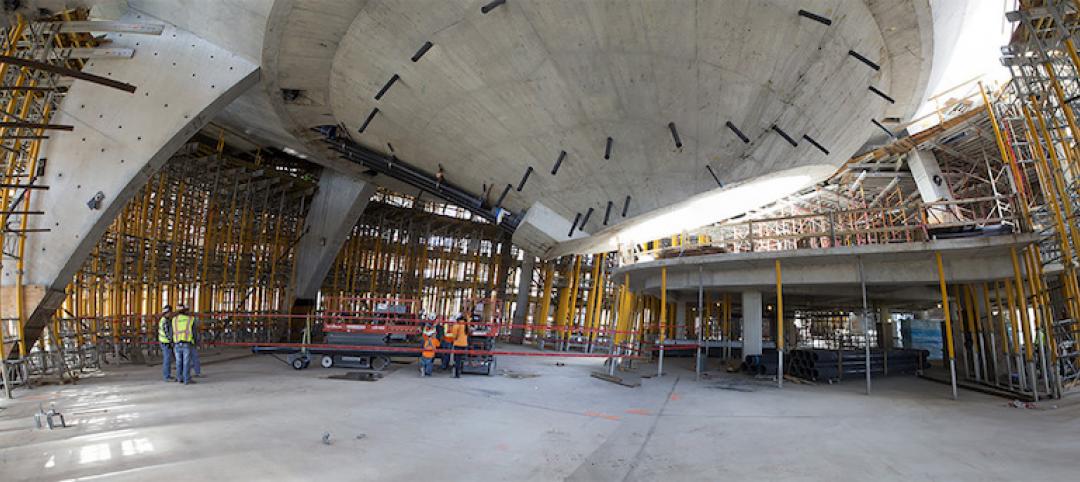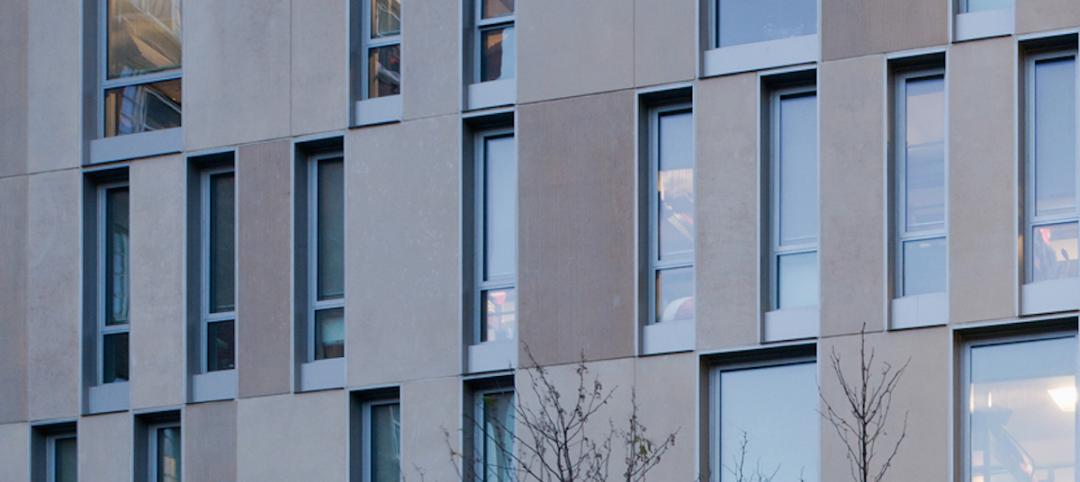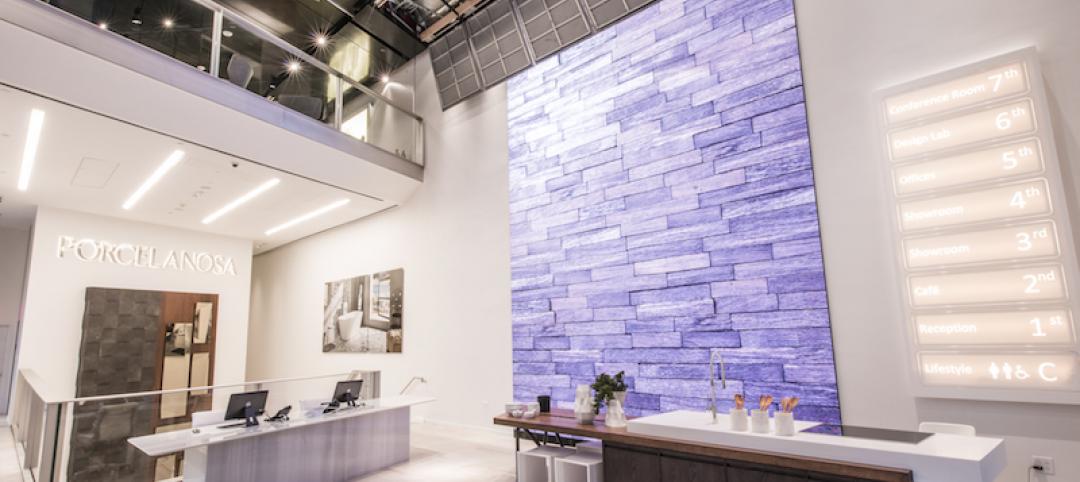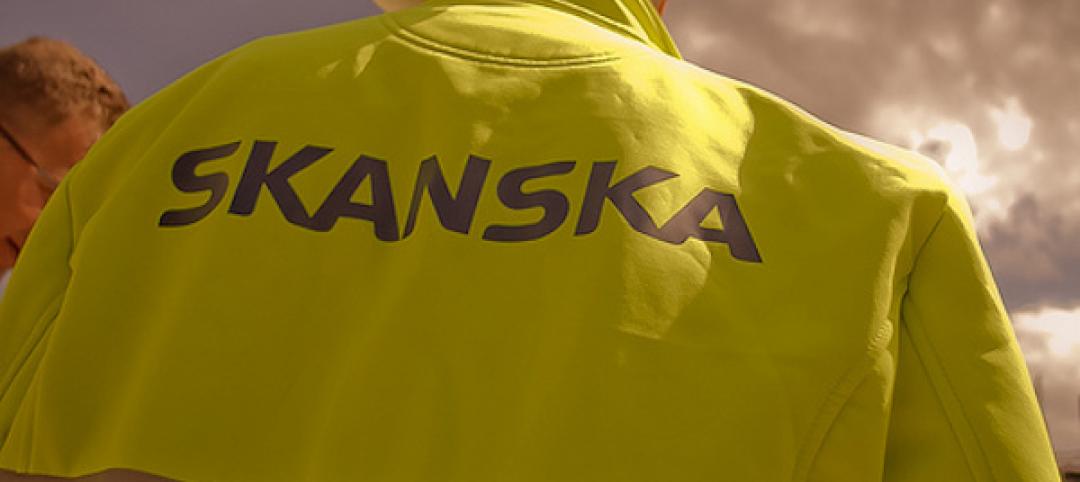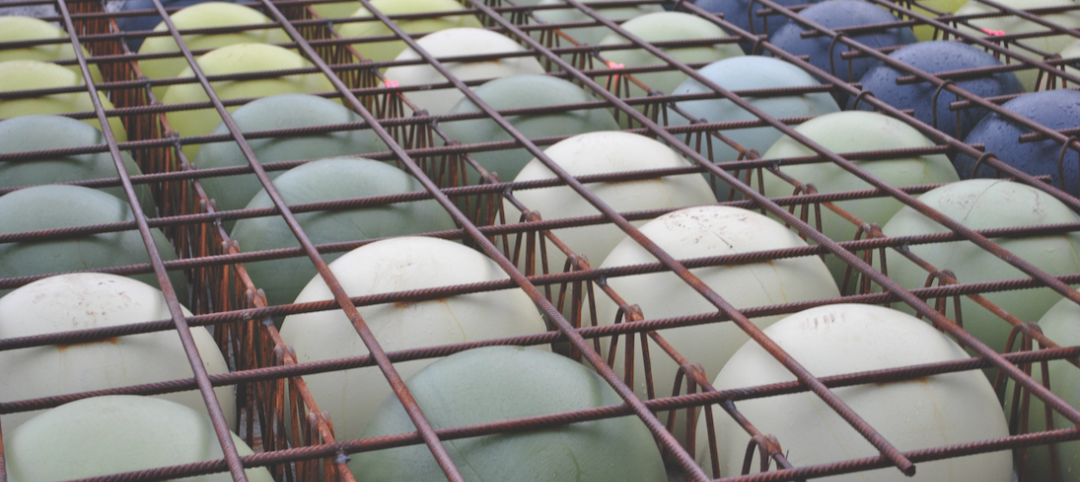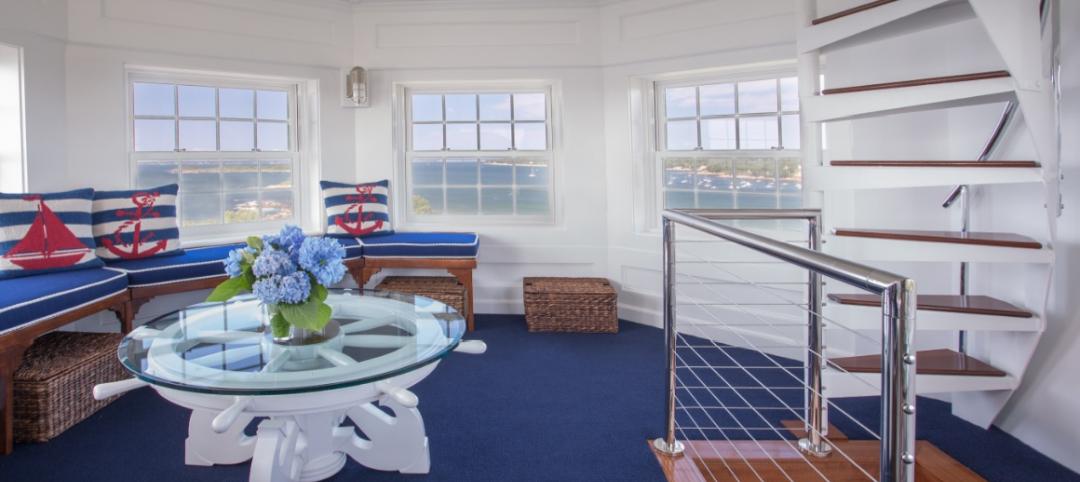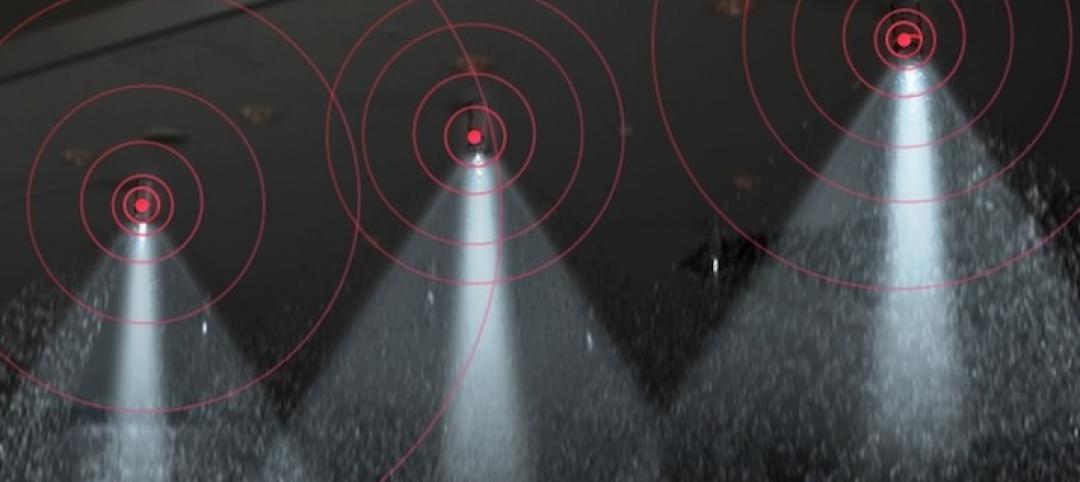There are three things that are certain in life: death, taxes, and employees being uncomfortable with the ambient temperature of their offices. While some reach for Sherpa-lined blankets and cups of hot tea, others work up a lather that would give Paul Newman in “Cool Hand Luke” a run for his money. Not only is it difficult to find a temperature where everyone is comfortable, heating and cooling a building is also costly.
But what if you could heat the individual building occupants instead of the building itself? Not only would everyone be more comfortable, but it would also present an opportunity to conserve energy.
New wearable technology from Embr Labs, known as the Embr Wave, gives each wearer direct control over their own temperature. It utilizes the human body’s natural response to temperature to provide thermal relief by warming and cooling the user’s wrist.
 Photo: Embr Labs.
Photo: Embr Labs.
Founded at MIT, the Embr Wave uses a cooling and warming thermoelectric module to help a user feel more comfortable. The temperature is controlled via a light bar located on a nickel-free anodized aluminum body.
Say a user is feeling a bit on the warm side. All they need to do is press the left side of the Embr Wave, and a cooling sensation will begin to spread across their wrist. As the Embr Wave is cooling, the aluminum heat sink warms up to dissipate heat. Press the right side and the Embr Wave will turn up the heat to warm a cold user. Because the device uses conduction heating and cooling, it can be more efficient, precise, and immediate than traditional air-conditioning or heaters.
EYP Architecture and Engineering recently equipped some of its employees with the Embr Wave and embarked on a five-week pilot study to collect product feedback and data. Nearly three-quarters (72%) of the participants said they felt more in control of their own thermal comfort while using the Embr Wave. Factors such as environmental space metrics, temperature, humidity, and other thermal data were collected and analyzed against participant surveys throughout the duration of the study.
 Photo: Embr Labs.
Photo: Embr Labs.
EYP’s main goals of the study were to discover if the Embr Wave could improve human comfort, fuel productivity, and present opportunities to conserve officewide energy consumption. With the vast majority of participants saying they felt more in control of their own thermal comfort while wearing the device, EYP believes there is a potential opportunity to incorporate personal comfort devices, such as the Embr Wave, in building design planning.
EYP's participation in this study showcases how many architecture and design firms are taking an interest in their buildings long after construction has been completed in order to gain insight into how to plan more comfortable, energy-efficient, and sustainable spaces in the future.
Related Stories
Great Solutions | Aug 23, 2016
11 great solutions for the commercial construction market
A roll-up emergency department, next-gen telemedicine center, and biophilic cooling pods are among the AEC industry’s clever ideas and novel innovations for 2016.
Great Solutions | Jan 20, 2016
13 great solutions for commercial construction
As these 13 innovations for the AEC marketplace demonstrate, sometimes a problem can be a good thing.
Great Solutions | Jan 20, 2016
Digitally fabricated concrete formwork pushes the limits of what can be cost-effectively constructed in concrete
Simpson Gumpertz & Heger and CW Keller use 3D modeling and CNC machining to advance concrete construction.
Great Solutions | Jan 20, 2016
Sasaki Associates develops simple yet novel solution for precast concrete complication
Its double-angle cladding anchor maintains the air/water/vapor barrier integrity and continuous insulation while still allowing for the desired versatility of precast panels.
Great Solutions | Jan 20, 2016
Porcelanosa’s solid-surface product, Krion, used to create an elegant retractable ceiling for NY showroom
Typically used for countertops, vanities, and furniture, Krion was used to make 39 panels covering 1,300 sf of ceiling space above the showroom.
Great Solutions | Jan 20, 2016
Skanska’s new app helps construction teams monitor and meet environmental quality standards while renovating hospitals
App allows users to track noise, differential pressure levels, vibration, and dust
Great Solutions | Jan 19, 2016
Concrete innovation: voided biaxial slab slashes weight, saves concrete
System reduces slab dead load by 30% on medical clinic project
Great Solutions | Jan 19, 2016
Healing garden doubles as therapy trails
A Boston-area hospital takes the healing garden to the next level.
Great Solutions | Jan 14, 2016
WWII watchtower turned into ‘land yacht’
Architect Siemasko + Verbridge and contractor Windover Construction transformed a coastal wartime observation post into an amenity-filled guesthouse.
Great Solutions | Jan 12, 2016
Sprinkler system does double duty
Two innovations tap into the multi-use potential for fire/life safety infrastructure.





